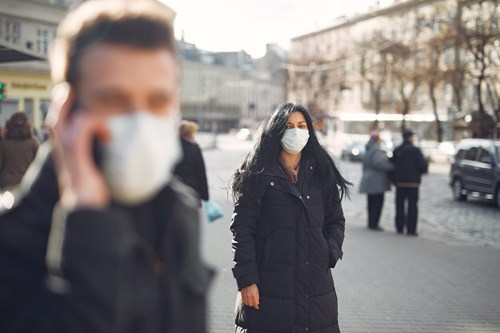The findings indicate that older adults, males, black Americans, and those with underlying health conditions are at a higher risk for hospitalization due to the virus.

The Centers for Disease Control and Prevention (CDC) conducted the study in order to understand the evolving epidemiology of the virus in the U.S. for planning and prioritization of health care resources. The study, which was released last week, evaluated the demographics of individuals hospitalized from COVID-19 between March 1-30.
The month of March was a significant turning point for the spread of the virus, with the 88 confirmed cases on March 1 jumping to 170,000 by month’s end, said David Waldstein in an article for The New York Times.
According to the CDC report, the study examined all confirmed COVID-19 hospitalizations among all ages in 14 states (California, Colorado, Connecticut, Georgia, Iowa, Maryland, Michigan, Minnesota, New Mexico, New York, Ohio, Oregon, Tennessee, and Utah), representing about 10 percent of the U.S. population.
Here are the initial findings:
- Adults age 50 and older are much more likely to be hospitalized (74.5 percent).
- More than half of the hospitalizations were among men (54.4 percent).
- The percentage of black patients hospitalized (33 percent) is significantly higher than the overall population of black Americans in the geographical areas studied (18 percent).
- Approximately 90 percent of hospitalized patients have one or more underlying health condition, most commonly hypertension, obesity, chronic lung disease, diabetes mellitus, and cardiovascular disease.
- The overall COVID-19-associated hospitalization rate was 4.6 per 100,000.
- Hospitalization rates for individuals age 85 or older are higher for COVID-19 (17.2 per 100,000) than recent influenza outbreaks (2.2-5.4 per 100,000).
The findings reinforce the importance of preventive measures, such as social distancing and the use of face coverings in public, to stop the virus spread to those most vulnerable. The data collected is preliminary, noted the CDC, and additional monitoring of hospitalization rates, clinical characteristics, and outcomes of hospitalized patients is critical to better understand the epidemiology of COVID-19 in the U.S.
